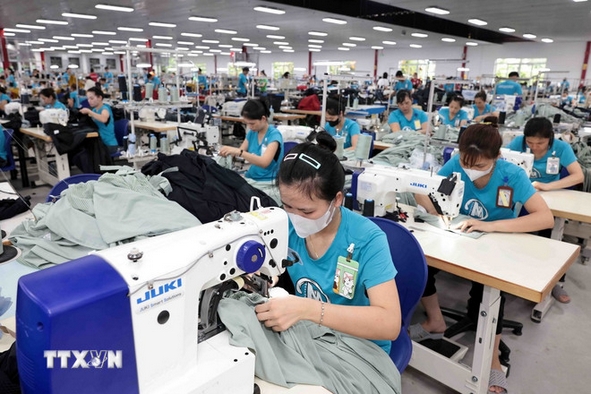HCMC – Vietnam’s textile and garment sector posted export revenue of over US$26.33 billion in the first seven months of 2025, up by US$5.3 billion year-on-year, according to industry data.
Representatives from domestic firms say it will be challenging to meet the full-year export target of US$47-48 billion. To do so, the sector will have to obtain monthly exports of US$4 billion or above in the rest of the year, but Vietnamese goods are now subject to a 20% tariff in the U.S., reported the Vietnam News Agency.
Businesses expect the final months of the year to be volatile and are focusing on retaining their workforce. Firms are urged to upgrade machinery to meet new orders and adjust production to maintain jobs and wages, said Le Tien Truong, board chairman of the Vietnam National Textile and Garment Group (Vinatex).
Truong stressed the need for flexible financial management and pricing strategies to keep orders amid fierce competition. He also called on companies to maximize the benefits of 17 next-generation free trade agreements already in force, and to adapt to shifting trade and economic policies among major economies.
Firms are advised to invest in modern equipment, improve workers’ skills, and move from cut-make-trim (CMT) operations to higher-value models such as free-on-board (FOB), original design manufacturing (ODM), and original brand manufacturing (OBM) to strengthen supply chain position.
Vu Duc Giang, chairman of the Vietnam Textile and Apparel Association, said that exporters should both protect traditional markets and diversify into new partnerships. He also called for stronger supply chain links, noting lessons from tariff and policy changes in Europe related to recycled and environmentally friendly products.
In addition to internal efforts, businesses seek greater access to market information, trade promotion, and favorable import-export and payment policies to reduce risks from policy changes in major markets.









